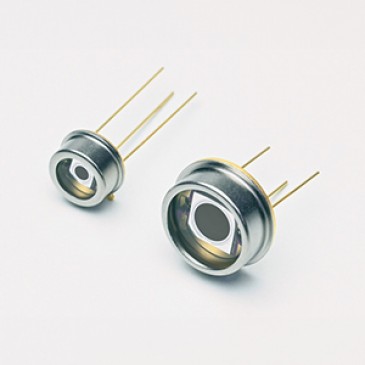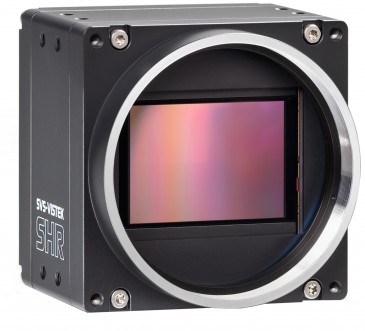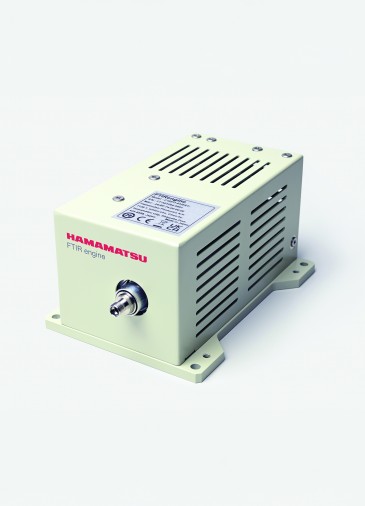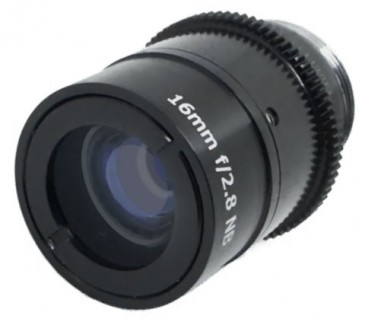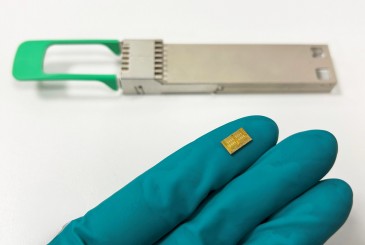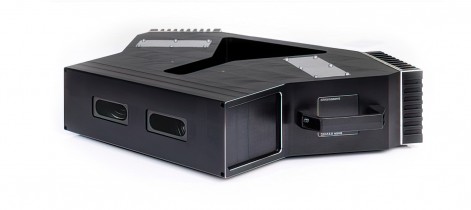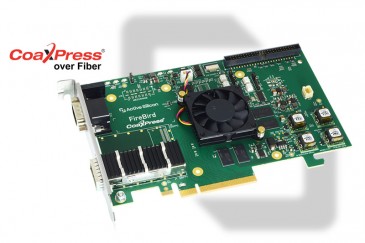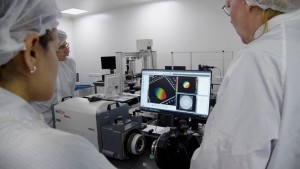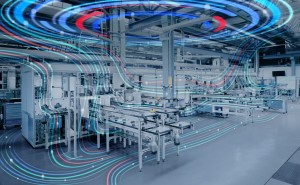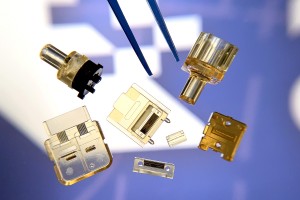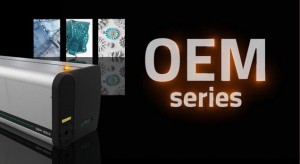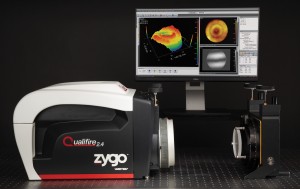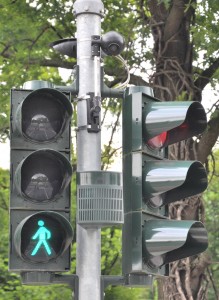
The green phase of pedestrian lights usually is static: The light is always green for the same period of time, regardless how many pedestrians are waiting to cross the street. As a result, older and disabled people may need more time, and at periodically highly frequented pedestrian crossings a static green phase tends to be too long in low traffic periods and too short in rush hour times.
The city of Cologne, Germany has now addressed this problem and installed the first two video controlled pedestrian lights. “We want to use this technology in particular at pedestrian lights which are periodically highly frequented and have started to install the first system near the Cologne zoo and near a school”, says Klaus Harzendorf, director of the Cologne office of traffic engineering. “These video controlled pedestrian lights recognize waiting pedestrians and in a second step adapt the green phase if there are still people crossing the street after the minimum green phase.”
Two camera systems involved
Siemens, provider of the traffic signal technology at the pedestrian lights in Cologne, uses a two-camera system from Belgian ITS specialist FLIR Intelligent Transportation Systems, formerly Traficon. The “safe walk” camera observes the waiting area. A stereo camera with two CMOS 1/3-inch B&W sensors and 3mm lenses and a frame rate of 25 FP/s is mounted 3.50 metres above the ground to cover an area of 3m x 4m. This camera is set to recognize only objects with a height above 50 cm in order to eliminate shading and other distractions on the pavement.
A green phase is initially started with a minimum time, which allows an average pedestrian to cross the street.
The algorithms of the system also recognize the moving direction of pedestrians and can sort out persons who only pass through the detection area. In this way, only people waiting at the light trigger a signal to the control unit of the pedestrian light, which, depending on the programming, starts a green phase at certain points in the phase current. “A green phase is initially started with a minimum time, which allows an average pedestrian to cross the street”, says Dr. Christoph Roth, product manager in the Road and City Mobility department at the Siemens Infrastructure & Cities Sector. He admits that a lot of testing and careful parameter setting was needed to recognize people in the waiting zone reliably but also to differentiate between a person waiting and someone only passing the waiting
Second system observes street area
With a lot of people and/or slow persons crossing, “C-walk” – the second video system – recognizes when not all persons can cross the street in the minimum green period and sends a signal to the Siemens control unit in order to extend the green phase. C-Walk is a Traficon color CMOS camera with an integrated detector board unit and a ¼-inch sensor that delivers up to 25 FP/s at a resolution of 640 x 480 pixels (VGA). According to Dr. Roth, CMOS-sensors were chosen because in traffic detection applications they deliver more reliable images than CCS-sensors and have a higher resistance to blooming from auto headlights at night.
The second video system recognizes when not all persons can cross the street in the minimum green period and sends a signal to the Siemens control unit in order to extend the green phase.
“Still, we do have a maximum green phase of 30 seconds programmed into the control unit, so that the traffic is not interrupted permanently,” says Dr. Roth and stresses that the detector can also differentiate between pedestrians and vehicles. This is important at intersections so that the detector is not confused by the vehicles that are allowed to pass the crosswalk during the pedestrian green phase when it is safe to do so.
Positive reactions
The city of Cologne intends to focus on pedestrian lights near schools and other frequented places for future installations in order to avoid having people cross the street when the light is red during rush hour times. According to Harzendorf, the video detectors were working properly in the first weeks after installation in April. “Pedestrians mostly didn’t recognize the new technology, but when asked they appreciated the additional gain in safety. This also applies for the head of the schools close to the second installation.” Good reasons to assume that the investment of around 5,000 Euros per system is justified.
Written by Andreas Breyer, Senior Editor, Novus Light Technologies Today









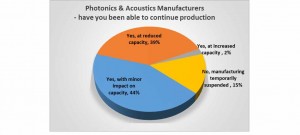


























 Back to Enlightening Applications
Back to Enlightening Applications


